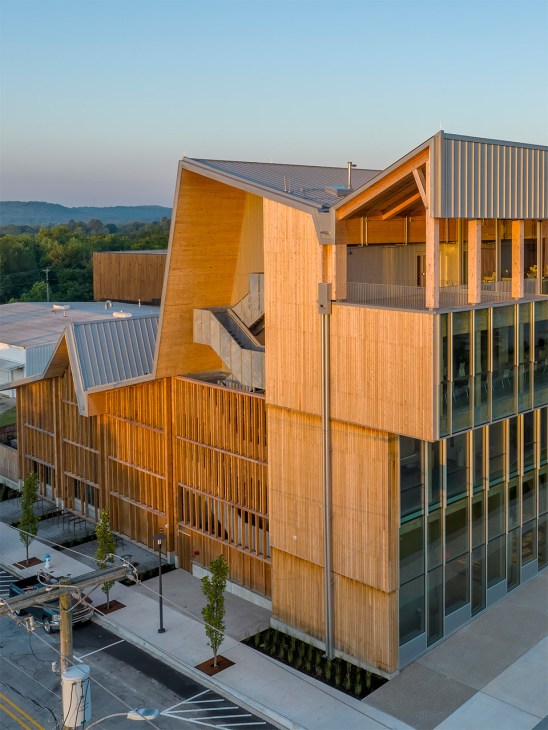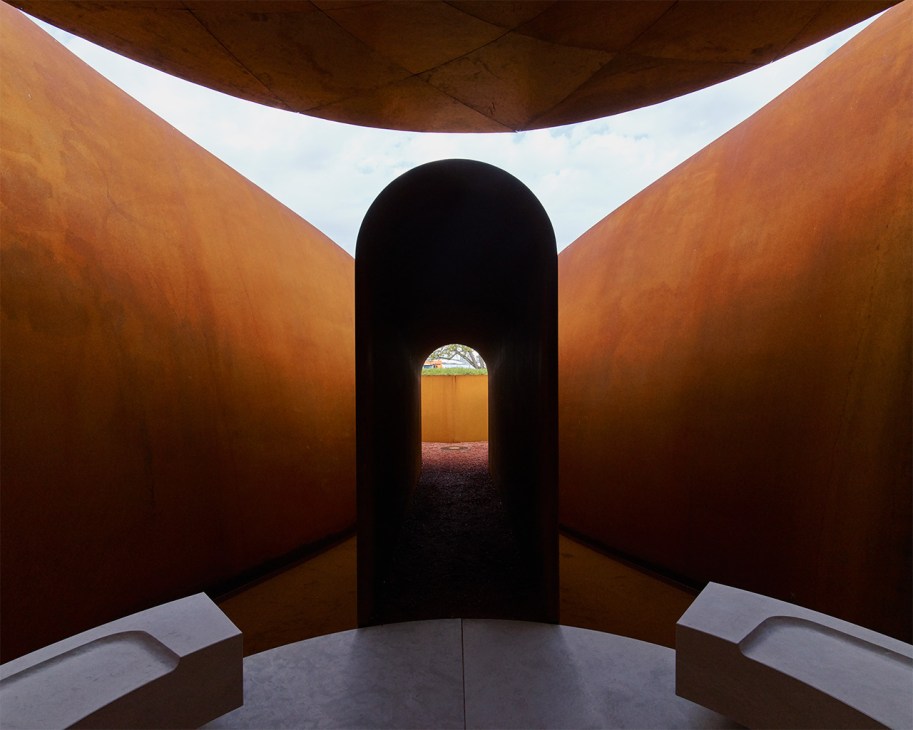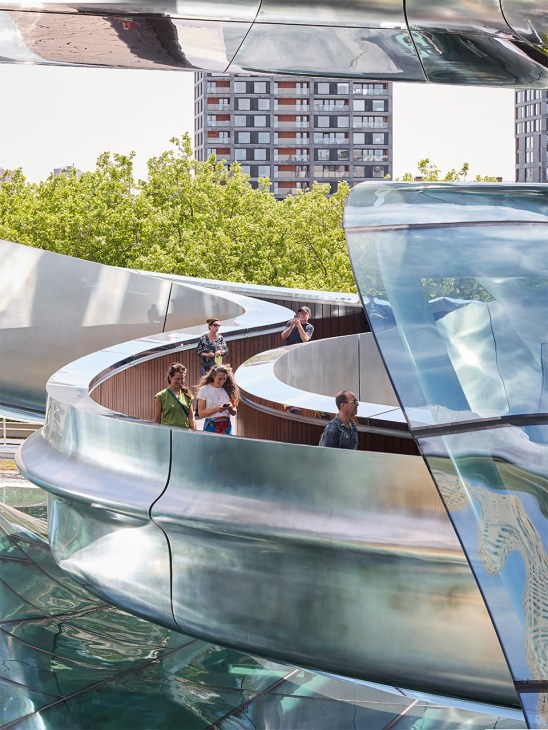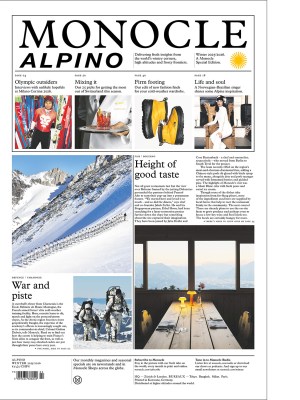Three new public buildings in Rotterdam, Arkansas and Weil am Rhein that are elevating urban life
Public structures provide essential spaces for communities, from places to gather to rooms for introspection. We share three buildings that serve as a guiding principle.
We have high expectations of public structures for good reason: they are essential for community life. At their best, they provide a welcoming physical framework for socialising, learning and reflection. Here are three benchmark buildings that do all that and more.
1.
Anthony Timberlands Center
USA
Many buildings draw their sense of place from their architects’ use of local materials. The University of Arkansas’s newly finished Anthony Timberlands Center for Design and Materials Innovation is one of them. Designed by Grafton Architects, a Pritzker Prize-winning Irish practice, with US firm Modus Studio and landscape design by Ground Control, the building uses timber sourced primarily from Arkansas forests and mills. “Our design envisions the building’s timber as the structural bones and the enclosing skin,” says Yvonne Farrell, co-founder of Grafton Architects. The cascading roof filters natural light into the interior and is positioned to mitigate the effect of intense winds and seasonal rainfall. The result? A structure that houses classrooms, studios and a lecture hall, while serving as an education in itself.
uark.edu; graftonarchitects.ie

2.
Doshi Retreat
Weil am Rhein, Germany

The final building designed by the late BV Doshi has just been completed on the Vitra Campus in Weil am Rhein. It was inspired by a visit to the Modhera Sun Temple in India. “I showed Balkrishna Doshi a photo of a small shrine I had seen there,” says Rolf Fehlbaum, Vitra’s chairman emeritus, who commissioned the project. “I then asked whether he would be willing to design a place of contemplation for the campus.” Doshi accepted. The result is a winding path, defined by weathering-steel walls, that leads to a small pavilion with two stone benches and a gong. “It is sound, resonating through the visitor’s body, that erases the boundary between self and structure,” says Doshi’s granddaughter, Khushnu Hoof, who helped oversee the project’s completion. “The building reflects the sound, transforming the chamber into a resonant instrument.”
vitra.com
3.
Fenix
Rotterdam
On Rotterdam’s city harbour, the Fenix art museum opened in May as a cultural space dedicated to migration. The first commission for a public cultural building in Europe for Chinese studio mad Architects, the structure weaves together narratives of past and present. Its main structure is a 100-year-old former warehouse. Here, 1920s windows and postwar sliding doors blend effortlessly with new sculptural additions.
Highlights include a swirling stainless-steel “Tornado” staircase that rises in a double helix from the ground floor to the rooftop, which overlooks the Maas river. A vast green roof also reduces the museum’s impact on the environment. Sustainable and experimental, it’s an architectural testament to the museum’s mission: to bridge Rotterdam’s past and future.
fenix.nl; i-mad.com



